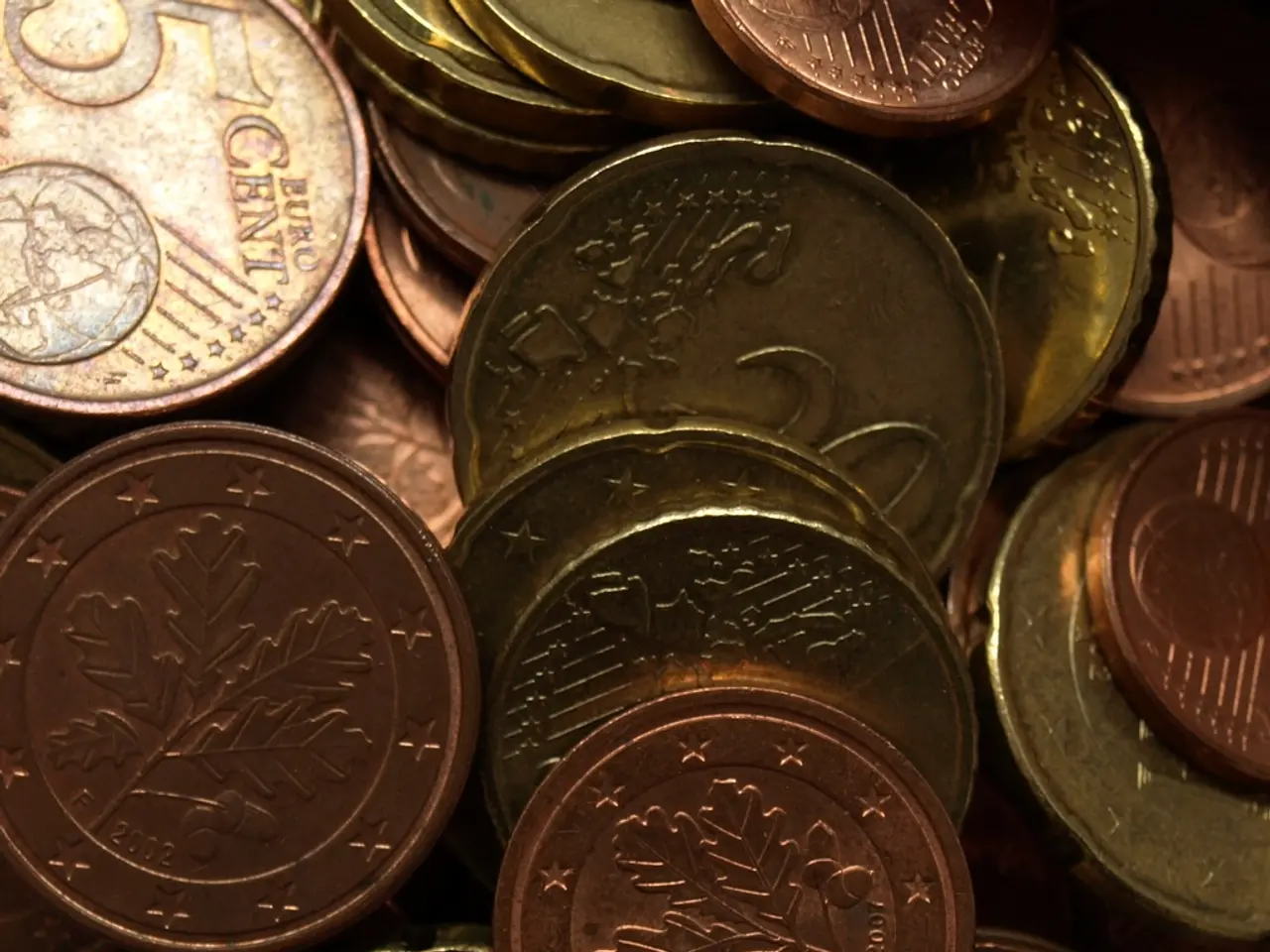Intense Stock Investment Strategy: Maximum Pain Trading Explored
In the dynamic world of stock trading, a lesser-known strategy known as Maximum Pain Trading has gained traction among investors. This strategy revolves around the "max pain" theory, which identifies a specific strike price—the max pain price or level—where the greatest number of options (both calls and puts) expire worthless at expiration [1][2][3].
### Calculating Max Pain
Traders analyze open interest data and dollar exposure of outstanding call and put options across various strike prices for a particular expiration. By summing the total cost to option sellers if the stock closes at each strike price on expiration, the strike price that yields the minimum total payout by sellers is identified as the max pain point [1][2].
### Trading with Max Pain
As expiration approaches, market dynamics often push the stock price toward the max pain strike price, especially in the absence of major news or market catalysts. Traders can use this knowledge to anticipate price movements near expiration, potentially positioning trades that benefit from the stock drifting toward the max pain strike [1][3].
For instance, if the max pain price is below the current market price, one might expect downward pressure on the stock as expiration nears. Some traders use this alongside other indicators like implied volatility, open interest clusters, and market sentiment to confirm the trade setup [1][3].
### Practical Implementation
1. **Identify the max pain price** for the chosen stock and expiration by analyzing the open interest of calls and puts across strikes. 2. **Monitor price action** in the days leading to expiration to see if the price is gravitating toward that strike. 3. **Combine with technical and fundamental analysis** to ensure no conflicting signals. 4. **Enter trades** that benefit from the stock moving toward or staying near the max pain price, such as selling options near that strike or buying options anticipating a reversal if price moves away. 5. **Manage risk carefully**, as max pain is a tendency, not a certainty.
### The Impact of Max Pain Trading
This strategy is especially noted in highly liquid options markets such as SPY, where max pain effects can be more pronounced due to large volume and frequent expirations [1][2]. In essence, maximum pain trading leverages the tendency of underlying stock prices to move toward the strike price that causes the biggest loss to option buyers at expiration, allowing traders to anticipate price direction and structure their options trades accordingly on a specific expiration date. However, it should be used alongside other analytic tools for best results [1][3].
### Max Pain Pinning and the Options Market
The act of pushing a stock's price towards the max pain price is often referred to as "pinning" or "pinning the strike." Option contract writers maximize their profits when the contracts they sell expire out-of-the-money. Knowing the price of maximum losses for option buyers can be a useful guide in the closing minutes of trading on an option expiration date [1][2].
It's essential to note that max pain pinning is not a new concept, but its importance and potential impact can be underestimated by some traders. The options market can provide useful information for stock traders seeking to make informed decisions and capitalise on market opportunities.
In the realm of technology-driven finance and investing, traders can utilize Maximum Pain Trading to identify the max pain price for a particular expiration. By analyzing open interest data and dollar exposure of outstanding calls and puts, traders can predict potential price movements near expiration, leveraging technology to calculate the max pain point and position trades that may benefit from the stock drifting towards the max pain strike. For instance, if the max pain price is below the current market price, one might expect downward pressure on the stock as expiration nears, using technology and other indicators to confirm the trade setup.






